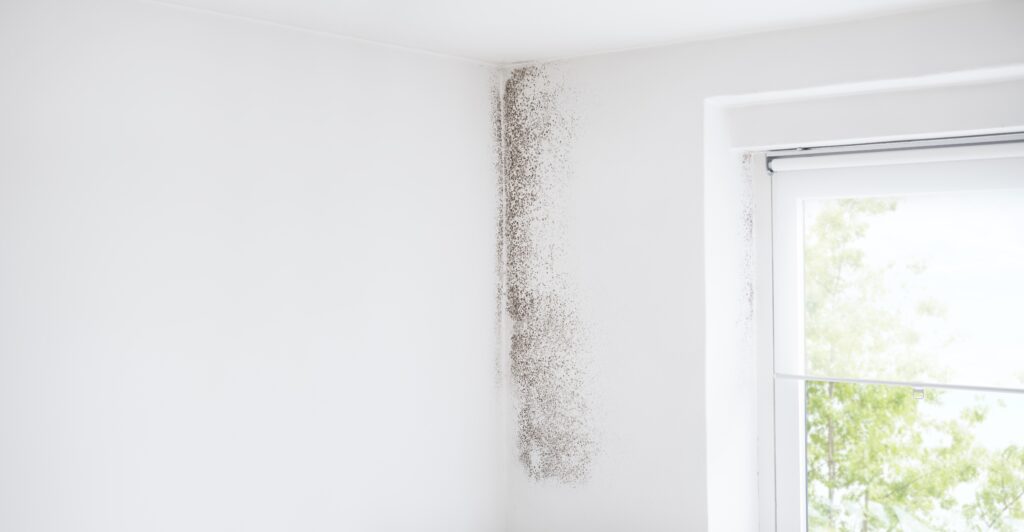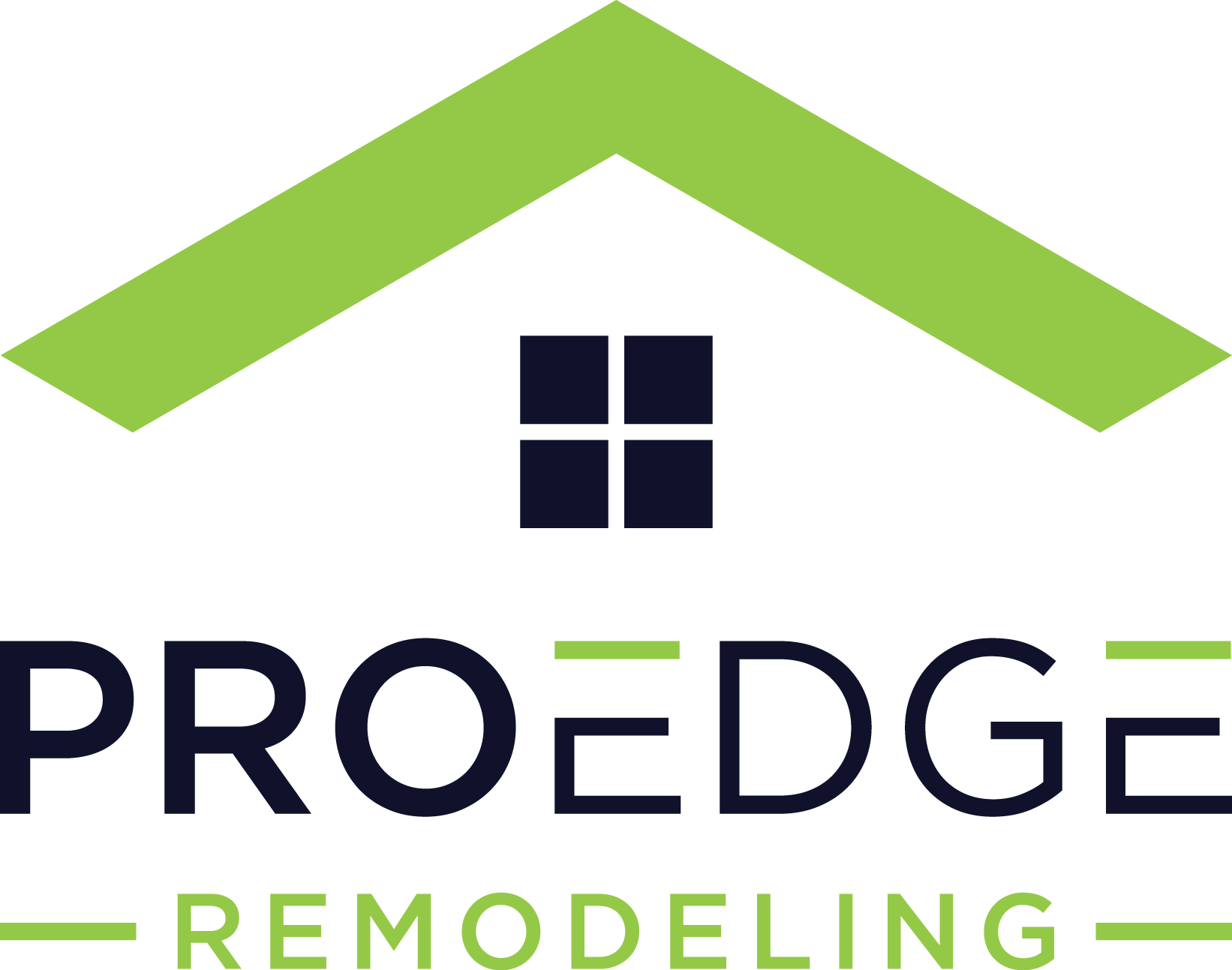How to Test for Mold

*Updated October 14th, 2025
Mold is more than just an unsightly nuisance in your home; it can pose serious health risks and cause structural damage if left unchecked. Mold thrives in damp, humid conditions and often hides in areas you might not expect. Testing for mold and understanding how to address it is essential to maintaining healthy indoor air quality. Below, you’ll find practical ways to spot issues early, choose the right mold test, and prevent future problems so your home’s indoor environment stays safe.
Table of Contents
- Common Areas and Conditions for mold growth
- Steps to test for mold in Your Home
- How to Prevent mold growth
- Health Risks Associated with mold exposure
- How to Safely remove mold
- Costs of mold Testing and mold remediation
- Tips for Maintaining a mold-Free Home
Common Areas and Conditions for mold growth
Understanding where mold is likely to grow is crucial for identifying and addressing a potential mold problem. mold thrives where moisture and limited airflow meet, so checking these locations helps you spot the early presence of mold and protect overall indoor air quality.
Bathrooms
Bathrooms are hotspots for mold. Steam, poor ventilation, and frequent splashes create conditions ideal for mold colonies. Inspect tile grout, under sinks, shower curtains, and ceilings for visible mold.
Basement and Attics
A basement may have high humidity, while attics can suffer from inadequate airflow and roof leaks. Look around pipes, walls, and windows for mold or moisture. These areas often host indoor mold growth if ventilation is poor.
Kitchens
Check under sinks, behind refrigerators, dishwashers, and in pantry corners where leaks or spills may occur. Food residues can support mold spores if not cleaned promptly.
Windows and Doors
Damaged weatherstripping or condensation can invite mold growing around frames. Address drafts and moisture to protect indoor surfaces.
HVAC Systems
Air handlers, drip pans, and ducts can harbor mold and circulate spores in the air. Replacing filters on schedule helps maintain cleaner indoor air quality.
Steps to test for mold in Your Home
Detecting mold early limits damage and supports better indoor air quality. Use these methods—ranging from DIY to professional—to determine whether mold is present and how much mold you’re dealing with.
1) Visual Inspection
Look for discoloration, fuzzy patches, or staining on walls, ceilings, and trim. identifying mold can be tricky because colors vary (black, green, white, brown, even orange). Document locations and conditions (leaks, condensation) to support a better mold assessment.
2) The Smell Check
Musty, earthy odors often indicate mold growth—especially in closed rooms, closets, or a basement. Odor plus moisture is a strong sign to test my home further.
3) DIY Test Kits
Over-the-counter mold test kit options (surface swabs and air test canisters) can help you test for mold and gauge levels of mold spores. Follow directions carefully and consider lab analysis if your kit offers it. DIY kits are screening tools; results can suggest whether more investigation is warranted.
4) Professional Mold Inspection
If you suspect hidden mold or high levels of mold, hire a professional mold inspector. Pros may take air samples, perform targeted mold sampling, and use moisture meters/infrared cameras for a fuller mold assessment—especially helpful for mold in your home that’s behind walls or under flooring.
How to Prevent mold growth
Moisture control is the key to mold prevention. Reducing humidity and eliminating water sources helps prevent mold growth and protects indoor air quality.
- Fix leaks quickly: Roof, plumbing, or foundation leaks can feed mold. Address them fast to prevent new mold colonies.
- Ventilate well: Use exhaust fans in kitchens and baths; keep air moving in a basement; and maintain HVAC to lower mold in the air.
- Control humidity: Aim for 30–50%. Dehumidifiers, well-sized air conditioner use, and hygrometers help manage indoor moisture.
- Dry wet areas within 24–48 hours: Since mold often starts quickly after a water event, prompt drying is essential.
- Choose resistant finishes: In high-risk rooms, moisture-resistant drywall/paints support mold prevention.
- Improve drainage: Keep gutters clear and slope soil away from the foundation to reduce damp home for mold conditions.
Health Risks Associated with Mold Exposure
Reactions vary, but symptoms of mold can include nasal congestion, coughing, wheezing, rashes, and mold allergy symptoms. Individuals with asthma or compromised immunity are more sensitive. black mold (sometimes called toxic mold) can produce mycotoxins; while not every dark colony is dangerous, treat black mold exposure seriously and address moisture sources immediately to limit related to mold health impacts.
How to Safely Remove Mold
Whether you remove the mold yourself or call in pros depends on scope, location, and materials.
Small Areas (DIY)
For limited visible mold growth on non-porous surfaces:
- Wear PPE (gloves, goggles, respirator).
- Clean with detergent and water; then disinfect. Thorough drying helps ensure mold doesn’t return.
- If you can’t remove mold from porous items (e.g., ceiling tiles), disposal is often best.
Larger Issues & Mold Remediation
Extensive contamination, HVAC involvement, or mold in your house spanning multiple rooms usually requires professional mold services. Certified teams perform containment, HEPA filtration, and safe removal of mold, then address underlying moisture so the specific types of mold don’t rebound. When mold is found behind walls, proper demolition and rebuild may be required to handle mold thoroughly.
Costs of Mold Testing and Mold Remediation
- DIY mold test kits: generally affordable; good for screening the level of mold concern.
- Professional mold inspections: a few hundred dollars depending on home size and air test/sampling scope.
- mold remediation: varies widely by area and material. Addressing water sources early limits overall cost by preventing much mold from spreading.
Remember: standards for mold vary by jurisdiction; there are no universal numerical standards for mold in homes. Instead, pros focus on moisture control and removal of growth.
Tips for Maintaining a Mold-Free Home
- Find mold fast with routine checks in bathrooms, kitchens, and your basement.
- Keep humidity controlled to support good indoor air quality.
- After leaks or floods, prioritize drying and cleaning up mold promptly.
- If mold issues persist, recommend mold testing with a pro to locate hidden mold and address mold at the source.
- Use the EPA’s brief guide to mold principles: eliminate moisture, clean growth, and correct conditions that support mold.
FAQs
What are the best “ways to check for mold”?
Start with a visual/odor survey, then consider DIY test kits or a pro mold assessment and air test if you suspect mold but can’t see it.
How do I know what type of mold I have?
Only lab analysis from mold sampling can identify specific mold/mold species. For decision-making, source control and moisture correction are usually more important than the exact kind of mold.
Does black mold always mean danger?
Not all dark mold is toxigenic, but any mold indicates excess moisture. Treat promptly to protect health and indoor air quality.
When should I hire a professional?
If there’s widespread damage, HVAC involvement, severe allergies/asthma, or persistent moisture you can’t fix, bring in a pro mold inspector for mold inspections and possible mold remediation.
Will testing improve my indoor air quality test results?
Testing measures conditions, but fixing moisture and removing growth is what improves indoor air quality. Pair a formal indoor air quality test with moisture control for best results.
Conclusion
mold is a type of fungus that needs moisture, time, and a food source—control those, and you control mold. Early action (spot checks, moisture repair, and smart mold test choices) helps confirm whether mold is present and how to proceed. With targeted prevention, timely cleanup, and professional help when needed, you can protect your home, health, and indoor comfort—and keep mold from gaining a foothold.
Sources
- WeDryUs
- Bob Vila
- Angi
- Family Handyman
Additional Home Improvement Resources
- Guide to Septic Tank Installation
- Gutter Maintenance By Climate
- The Importance of Regular Pest Control

Anna has over six years of experience in the home services and journalism industries and serves as the Content Manager at MyHomePros.com, specializing in making complex home improvement topics like HVAC, roofing, and plumbing accessible to all. With a bachelor’s degree in journalism from Auburn University, she excels in crafting localized, comprehensive guides that cater to homeowners’ unique needs. Living on both coasts of the United States has equipped her with a distinctive perspective, fueling her passion for turning any house into a cherished home through informed, personalized decision-making.
Connect with top-rated local contractors who can help you with siding, roofing, HVAC, windows, and more. Get free quotes from verified professionals in your area today.








